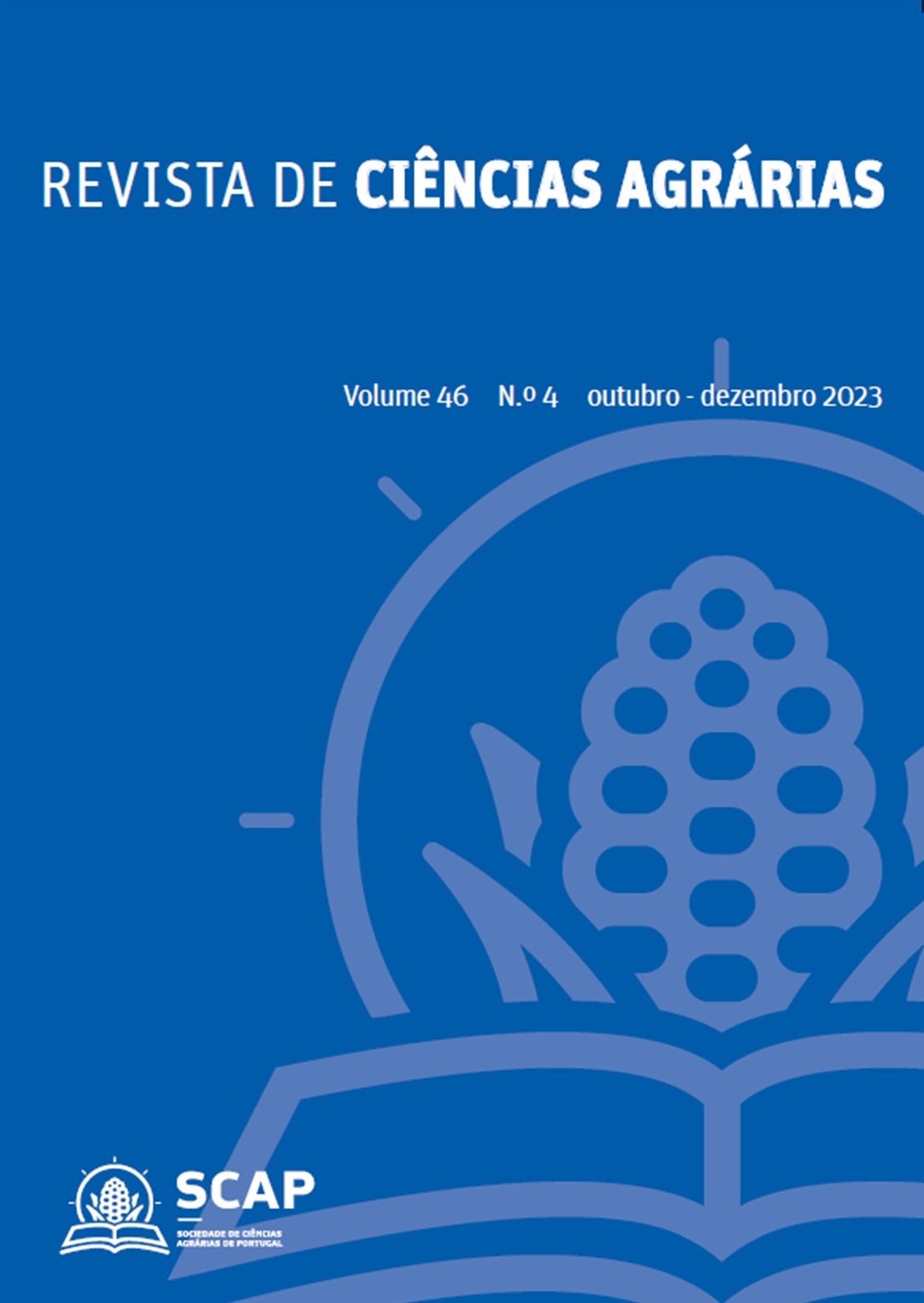Investigation of radio-elements contents in soil for vineyard zoning at “Santana do Livramento”, Brazil
DOI:
https://doi.org/10.19084/rca.26635Abstract
The gamma-ray spectrometry method is an alternative capable of quickly measuring the intensity of the radiation emitted by the elements U (uranium), K (potassium) and Th (thorium) from the soil surface, being able to support the traditional soil analysis in the anomalous areas. The excess of potassium can be harmful to vines, a fact that often occurs in tropical regions. The maintenance of organic matter is more difficult in sandy soils. The mapping of these aspects can support agricultural management and, when applied to viticulture, can encourage the production of differentiated wines for a competitive market in the world. The studied area is located in “Santana do Livramento”, Brazil, where the distributions of radioelements contents were evaluated, in different types of soil and relief, as well as their mapping within the vineyards. The radioelement data and the digital elevation model were interpolated by the kriging method, generating maps with a resolution of 5 meters. The results generated maps of altimetry and levels of U, Th and K, as well as the classification for each radio element: high content, medium content and low content. Soil profiles were also made around the farm, in order to observe the vertical variation of radioelements. The zoning of U, Th and K in the soil presented the gamma-spectrometry as a quick alternative to measure the variations of these elements and thus, indicating areas to be monitored for the content of potassium and organic matter, avoiding diseases or deficiencies of other elements of the soil. soil, related to anomalies or the content of radioelements.


